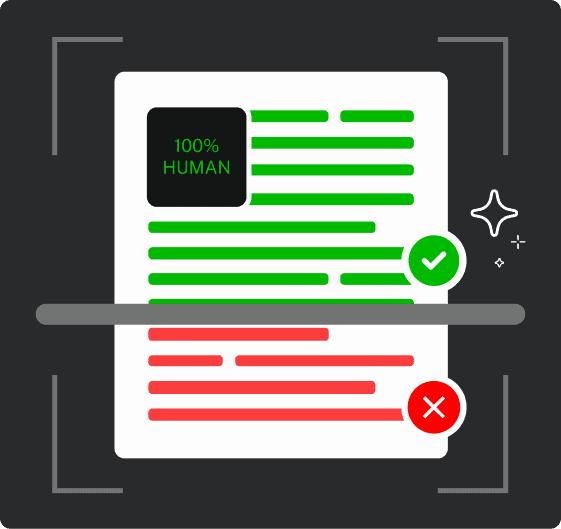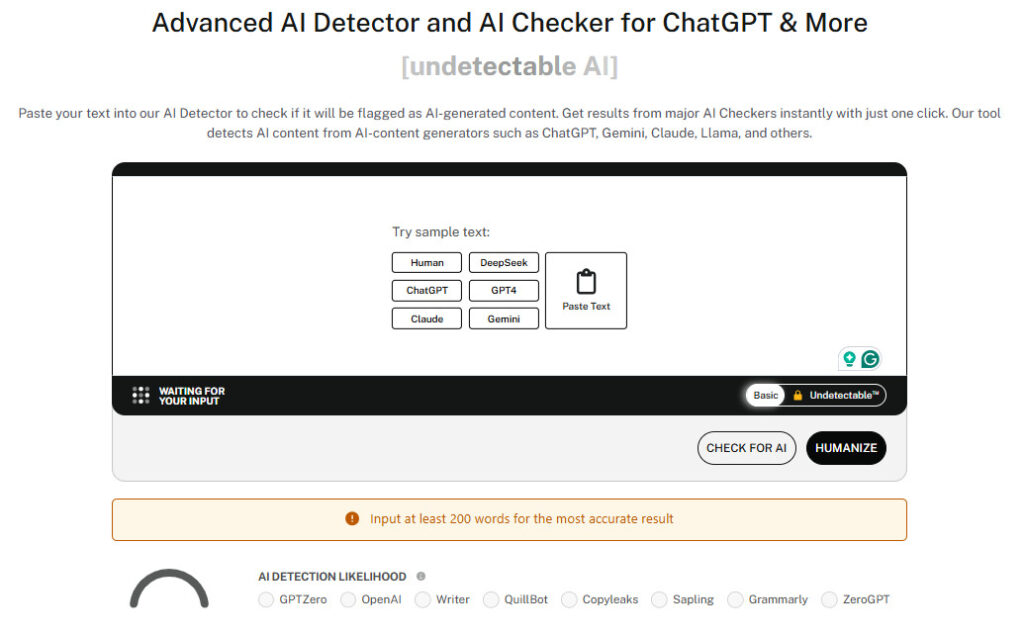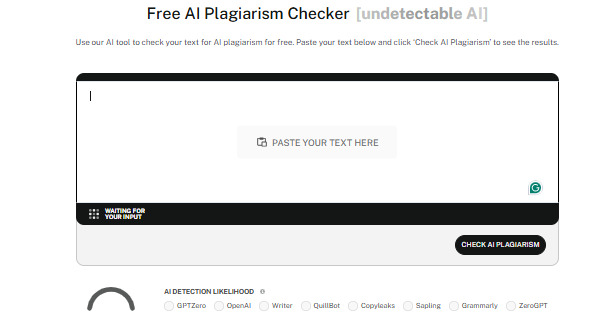If you are pitching an article, whether in academia or for journalistic purposes, it’s important to know how to summarize an article in a way that is concise and delivers as much value as possible.
We live in busy times.
Sometimes it’s necessary to summarize an article before you submit it.
Summarizing an article idea or something you have already written is a great way to pitch the piece to potential editors, your boss, a professor, or anyone else responsible for the article’s future publication.
But you need to know how to do it first.
Simply writing a few-line description will lack substance and fail to convey your article’s value in its full form.
So you need to know how to write a great summary.
Key Takeaways
- A summary briefly conveys an article’s main points, arguments, or purpose, generating interest without demanding extensive time from the recipient.
- Key steps include identifying the main idea, pinpointing important arguments, reading/breaking down the text, extracting key points, drafting, and cross-checking with the original article.
- Summaries are vital for academic assignments (theses, dissertations), journalistic pitches to editors, and professional proposals to superiors.
- A summary should typically be 25-33% of the original article’s length, providing enough detail to engage without being a full rewrite.
- To avoid plagiarism, always cite sources; using tools like AI Detectors can help ensure originality and avoid unintentional flagging.
What is a Summary?
A summary is a brief description or account that conveys the main points, arguments, or purpose of your article.
By clearly crafting a summary, you are able to generate interest without demanding a lot of time from the person you want to pitch.
People responsible for receiving pitches and articles handle tons of inbound inquiries and will likely skip over your pitch if you just send over an unsolicited article in its entirety.


Never Worry About AI Detecting Your Texts Again. Undetectable AI Can Help You:
- Make your AI assisted writing appear human-like.
- Bypass all major AI detection tools with just one click.
- Use AI safely and confidently in school and work.
Knowing how to summarize an article and deliver the perfect pitch is an incredible weapon in your arsenal and will help you become a better writer in the process.
How Do You Summarize an Article

Summarizing an article can seem like a daunting task without guidance.
How does one compact a well-researched and detailed article in something short while still piquing the interest the target reader?
If you’re wondering how to summarize an article in a way that does justice to the hard work that goes into the piece you are writing, it’s important that you don’t overthink the summary.
It can be easy to get carried away and ramble about the topic if you don’t stay focused on the main components that go into the summary.
Identify the Main Idea or Topic
First, identify the main idea or topic in a way that goes beyond simply listing the subject—aim to present it in an engaging and thought-provoking manner.
What is the overall point of the article and how is that connected to the subject matter at hand?
You want to clearly define and identify the subject matter in a way that generates curiosity in order to pique the interest of the recipient of your summary.
Using a common misconception or surprising statistic that is aligned with the topic in order to capture their attention is a great way to identify the main idea and lead into the next part in creating your summary.
Identify Important Arguments
Presenting the main arguments from your article (or article idea) is an impactful way of creating a summary with a bang.
Strong arguments backed with data and references go a long way in showing that the piece you are pitching is well researched and worthy of publication or acceptance, depending on where you are pitching and for what reason.
Mapping out the most important arguments in a sweet and to the point way will hook the reader and keep them wanting to read more.
By quickly sharing a couple of strong arguments, you make the reader curious to understand the details and reasoning behind them.
It makes it far more likely they will bite and request the full article because you are essentially dangling bait in front of them.
More info to boost your summary skills — check out this guide!
What Kinds of Assignments Involve Writing a Summary?
In the academic world, you should know how to write an article summary when presenting thesis ideas, dissertations, journal articles, white papers, and more.
These types of assignments take a long time to create so creating a pitch, your article summary, ahead of time will help streamline the outlining and writing process once the idea is accepted and you’re off to the races.
In journalism, it’s important to have a concise summary that you can pitch to editors and producers.
These folks typically receive loads of inquiries on a daily basis and many unsolicited pitches are boring, copy-and-paste style emails that have no substance and fail to intrigue anyone.
To make it worse, a lot of writers and journalists simply send the full unsolicited article attached to the email. No one is opening that attachment.
People don’t have time and unsolicited articles will remain an attachment that goes unopened for the rest of time.
In the professional world, you might need to pitch an idea to a superior or your boss before submitting a full article.
Being able to crank out an engaging summary will make you stand out and increase the chances that someone will bite and request the full article.
Remember, you are saving people in positions of power time by summarizing your article.
That carries a lot of weight in a busy work environment where efficiency is highly valued.
Make your summary stand out with Purdue OWL’s tips on strong abstracts and executive summaries.
How to Convert an Article into a Summary?

Those two points are just the start.
They are the two main things you want to have in place within the summary.
But how do you actually summarize an article in a concise and impactful manner?
Step 1: Read the Text
You need to reread the article, whether it’s yours or someone else’s, multiple times.
Read it out loud. Listen to yourself as you go through the piece and pay close attention to the facts, arguments, and communication from start to finish.
Step 2: Break the Text Down Into Sections
You want to pick it apart. Look at the article as if it’s a story and break it down accordingly.
Even though you have already read the piece over a few times, breaking it down into smaller sections and viewing it that way will give you a more concise view of the subject matter.
Remember, you are about to write a summary. Brevity is key.
Step 3: Identify the Key Points in Each Section
Now that you have the outline in place by sections, create bullet points for each section of the key points, essential arguments, and most important ideas from each section.
Keep in mind you are rewriting the article, you are picking it apart. You are seeking the golden nuggets.
Step 4: Write the Summary
You have established the most important pieces of the article and created a document outlining all of them.
You aren’t staring at a huge document full of text anymore, you are analyzing an outline with the most important information and vital parts of the article.
Now you want to review all of those and start writing your summary based on what truly stands out from the work that you have put into this process so far.
Step 5: Check the Summary Against the Article
Once you have written your summary, read it out loud and then read the article again.
Do things match up? Is the summary true to the article? Is there anything that could be removed or something that you didn’t include in the first place?
Ask someone to help you with this.
A clean set of eyes will always help as you have been buried in the subject matter for a while now so getting an impartial opinion will make a huge difference.
How Long Should a Summary of an Article Be?
A summary of an article should generally be between a quarter to a third of the length of the article.
So if your article is 2,000 words, the summary should be around 500-600 words or so. If your paper is 10 pages, shoot for 2-3 pages for the summary.
You aren’t just writing a tiny blurb. But you aren’t rewriting the whole thing altogether.
You are creating a summary that is detailed enough to convey the main ideas and arguments of the subject matter so that it can deliver the message well and generate interest and curiosity by the reader to want more.
If you don’t add enough vital information to the summary, you will risk losing the reader who may think you weren’t able to create an article worth reading.
If you add too much, you will risk losing the reader who may get bored or feel like you rambled and added too much information to overcompensate for an article that may not be worth reading.
How Can I Summarize a Source Without Plagiarizing?
By citing your source, either in footnotes or with a hyperlink within the text, you aren’t plagiarizing.
It’s more than acceptable to pull quotes, statistics, and pertinent data from other sources as long as you correctly cite your sources and give credit where credit is due.
The last thing you want to do, both in the summary and the article, is use information from other people without properly assigning credit to where you sourced the information.
Aside from being incredibly unethical and lazy, there are far too many tools out there that make it easily and instantly known whether or not someone is plagiarizing someone else’s work.


Tools like Undetectable AI’s AI Detector and AI Plagiarism Checker help ensure that your writing is not only original but also undetectable by plagiarism and AI-content checkers.
Just don’t do it.
What’s the Difference Between an Abstract and a Summary?
An abstract is a much shorter and more condensed summary of your paper or article than a summary.
The abstract doesn’t go into nearly as much detail or present as many arguments or ideas as the summary does.
Even though the summary is a shorter and more to-the-point rundown of the article, an abstract is far more to the point.
The abstract is typically one paragraph that concisely and objectively conveys the main point of the piece without going much deeper.
The main goal and purpose of the abstract is to tell the reader what problem you are solving with the piece as quickly as possible without getting into details like you would with a summary that explores that idea more thoroughly.
Give your words a makeover—our AI Detector and Humanizer are just below!
Conclusion
We live in a time with very short attention spans and people who are overwhelmed and overworked.
It is more challenging than ever to keep people’s attention these days so we have to approach the way we engage and pitch people differently than in the past.
By understanding how to summarize an article in a meaningful and impactful way, the chances are you will be able to capture the fleeting attention of the reader and intrigue them enough so they are excited and willing to read the entire article.
Remember, we are competing with so many other people all the time for everyone else’s attention.
The only way we are able to win the eyes of our target audience, whoever they are, is by communicating in an effective and strategic way.
Join the growing community of educators and students who trust Undetectable AI.
